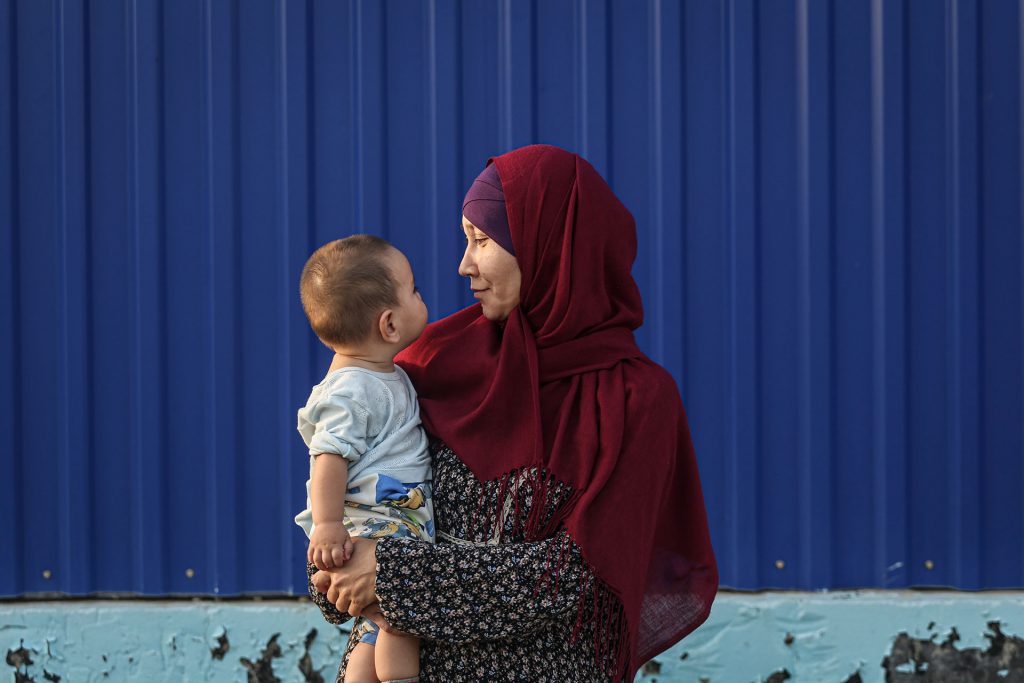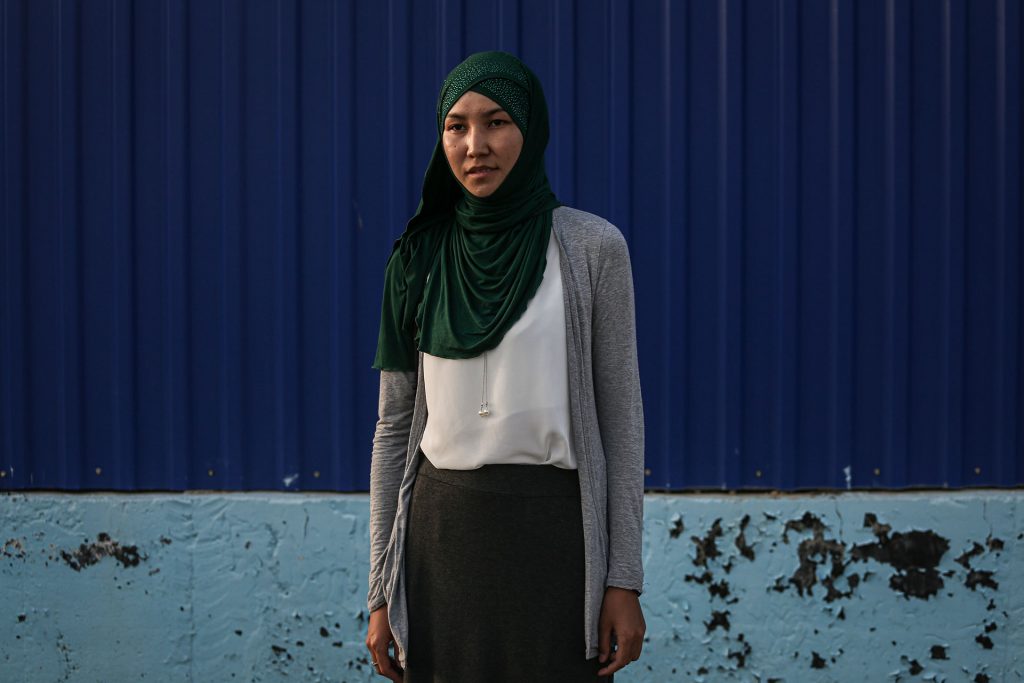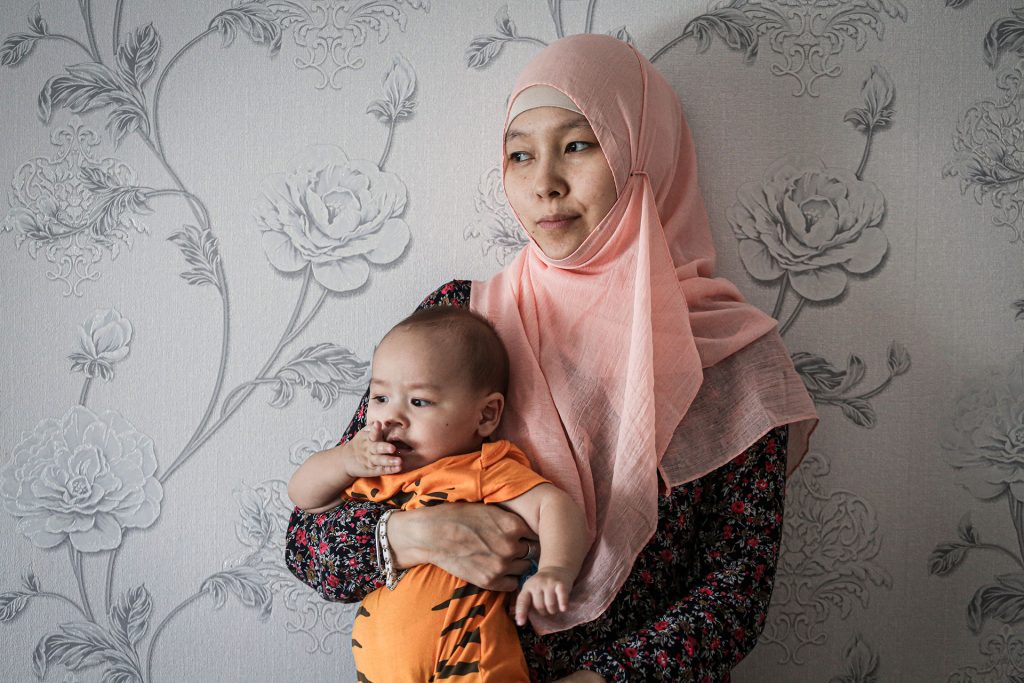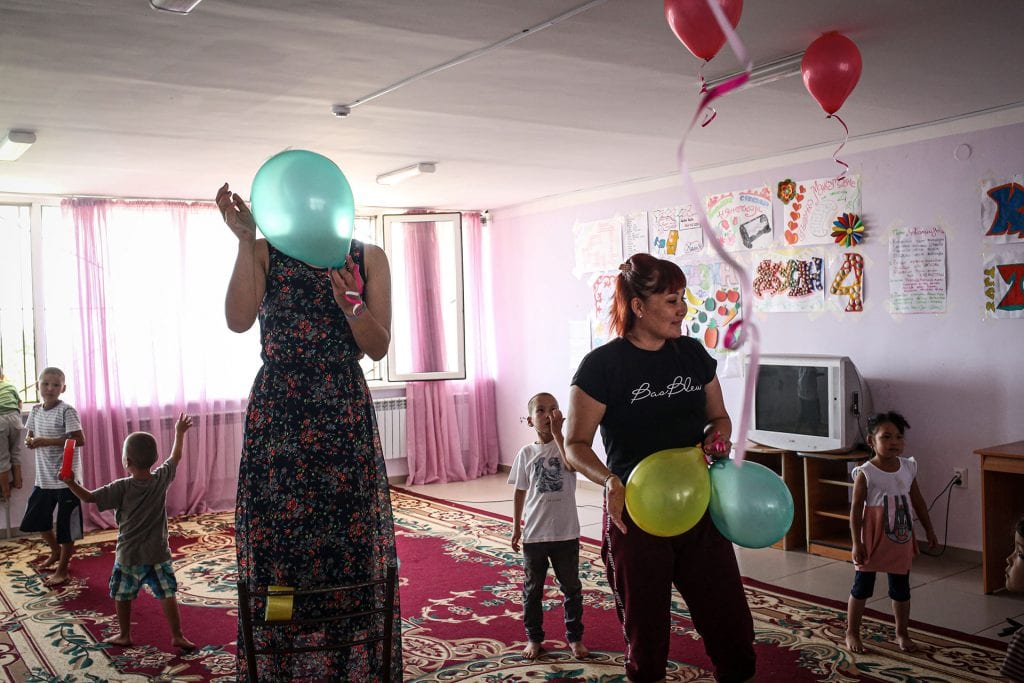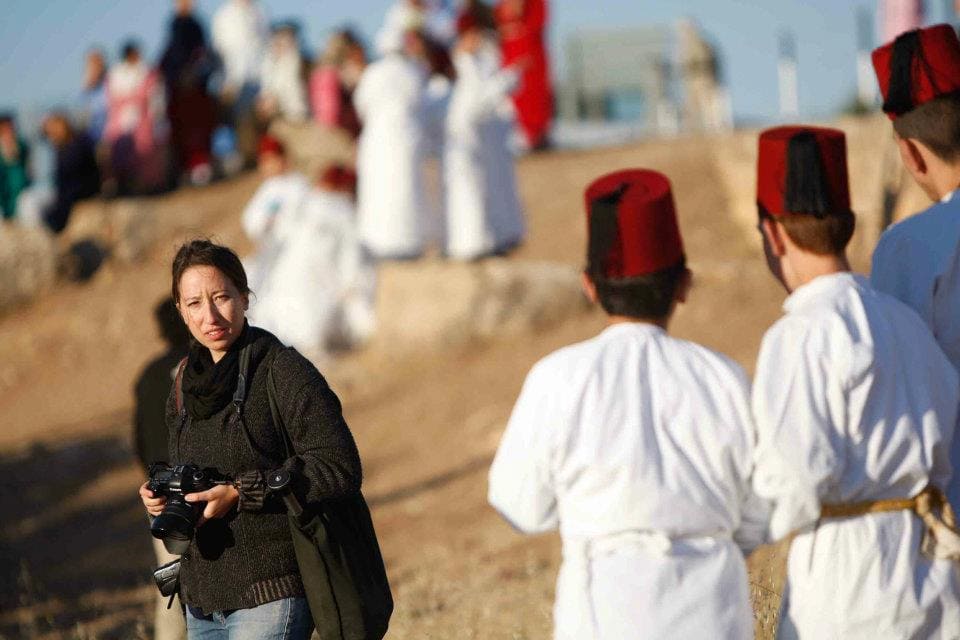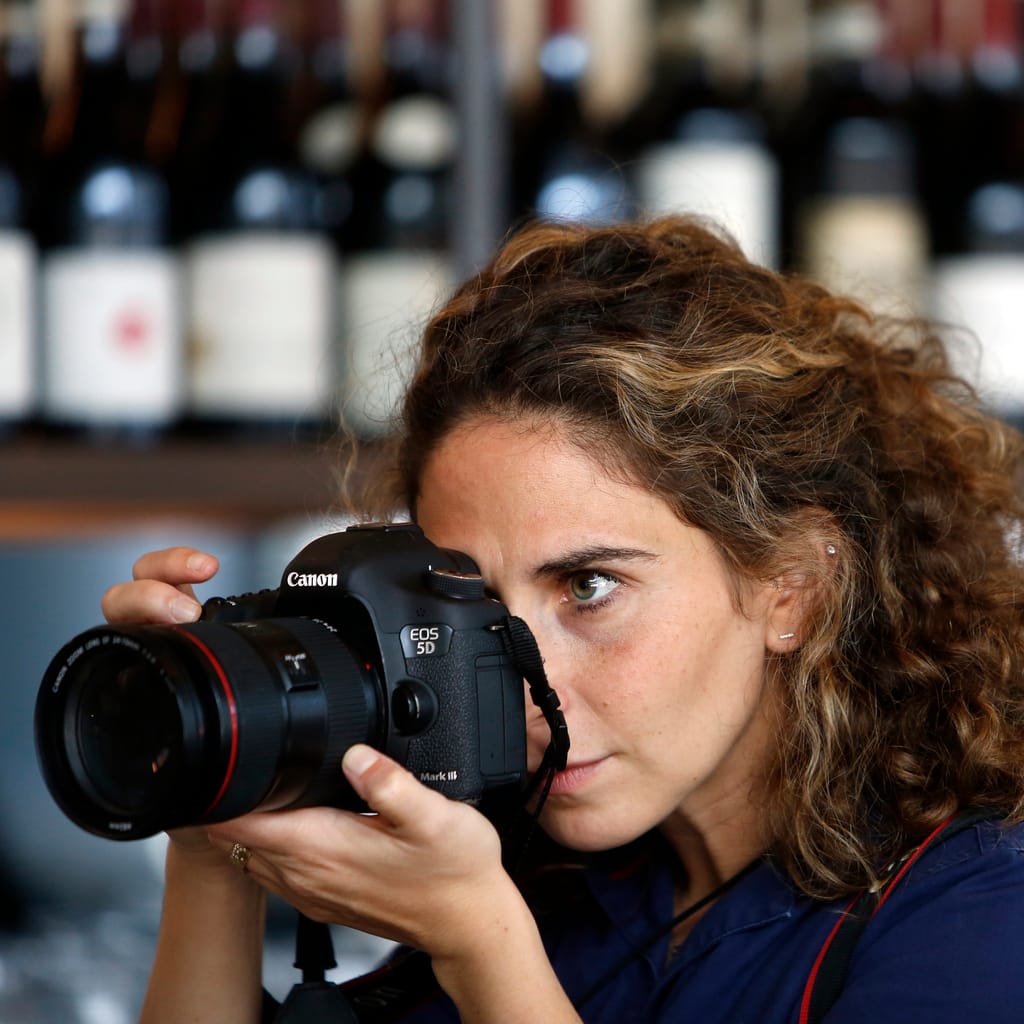As a visual storyteller, being recognized for the work you do is not the driving force behind taking an assignment. Still, it’s a humbling experience when you are.
This year when the New York Times released their Year In Pictures, and I was notified that I would be included for an assignment I did about former ISIS wives and their children, I was more than appreciative. To be included amongst so many talented and celebrated photojournalists is truly an honor. Each and every one of us had chronicled a part of history this past year, and for that, we should be incredibly proud.
The impressive task that the photo editors had, David Furst and Jeffrey Hensen Scales, was no simple charge either. After reading how they went from 500,000 photos to 116, to say I wasn’t affected would be a big fat lie.
When I took this assignment, I knew that the subject matter was of delicate nature. I followed the repatriation of Kazakh women and children of ISIS fighters, who were captured in Syria or Iraq. Kazakhstan welcomed back the women and their kids, but first placed them in a rehabilitation center where they had to undergo treatments from psychologists and imams to re-evaluate their radical beliefs and help them reintegrate into society.
It wasn’t easy to gain the trust of these women, but I found one mother who had been an English teacher, and she and I were able to chat easily with each other. I spent time talking to her about her life and her five kids who were with her. She allowed me to take her picture, which opened the door for other women to see that I could be trusted. That made it easier to work, but throughout the assignment, I had to be cognizant of the women who didn’t want their photo taken and be respectful of their choice not to be in a picture. The project was very demanding and really pushed me out of my comfort zone, but the overall result turned out really well.
